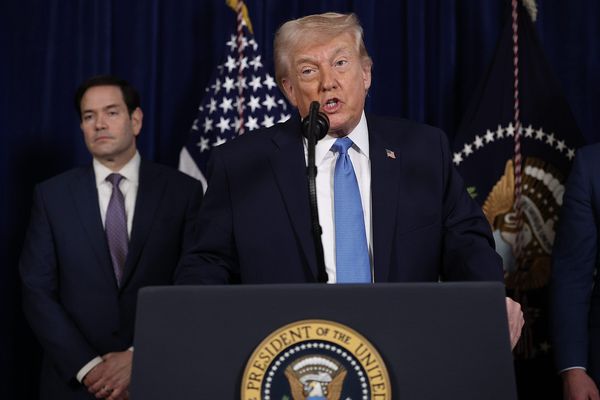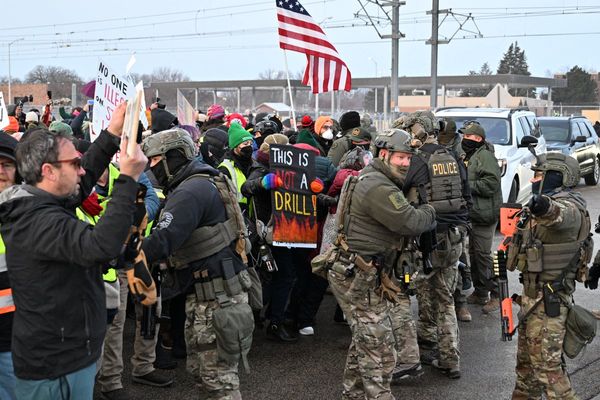
Johannesburg, South Africa – In the spring of 1994, apartheid ended in South Africa with the election of the African National Congress under Nelson Mandela's leadership. RFI interviews key activists three decades on.
For 40 years Neil Dundas served as a curator at the Goodman Gallery, which championed the work of both white and black South African artists during the darkest days of apartheid.
"Over time the arts community became aware of the shifts in the country. They started to get together," Dundas says. "That included people working in music, and even dance and sport."
Now semi-retired, he oversees the gallery's extensive archives of at its Johannesburg base. The gallery, which has expanded globally to include New York and London, continues to promote African artists.
Dundas reminisces about how painters, sculptors, dancers, musicians, writers and photographers supported one another in their resistance against the white segregationist government.
The gallery owners remained steadfast in representing and promoting black artists internationally, where they could circumvent segregation more effectively.
These include photographers Ernest Cole and David Goldblatt, Sam Nhlengethwa, and multimedia artist William Kentridge.
"There was a boycott," Dundas adds. "Some individuals violated the boycott, causing issues. However, the boycott ultimately became potent tools in shifting South Africans' perspectives, compelling them to seek a more just and equitable coexistence."
Culture clash
People who were not in positions of leadership played an important role in informing the international community about what was happening in South Africa, says Tshepo Moloi, history lecturer at the University of Johannesburg.
"Eespecially the cultural activists – people who sang, poets, painters and sculptors."
One of South Africa's best known visual artists, Sam Nhlengethwa, says his art has long been influenced by his personal encounters with apartheid.
"I regard myself as someone who brings awareness to society with everything that I do," says Nhlengethwa, who's based on the outskirts of Johannesburg.

"During apartheid days, police were killing people, but I never stopped painting people who are going to church, people who are getting married because those lifestyles or normalities in our society never sort of stopped happening.
"People will play soccer, people will listen to music under apartheid."
Nowadays living in a democratic country allows Nhlengethwa to paint whatever inspires him.
Sam Nhlengethwa 😍 pic.twitter.com/AkDdx1Gehu
— Duduzile Zulu (@DuduzileZulu__) December 6, 2023
Protest art
Three decades after the hard-won struggle for freedom, South Africa still faces significant challenges such as poverty, racial discrimination, inequality, unemployment and high crime.
Nevertheless, it has contributed one of the most vibrant and influential African cultures to the global stage, and its art of resistance continues to inspire people worldwide.
"South Africa has had a long tradition of protest art," Dundas says.
"Young black artists were protesting apartheid then ... Today the same kind of artists are protesting about government secrecy, missing funds or a powerful person in the cabinet who needs to be suspended."







